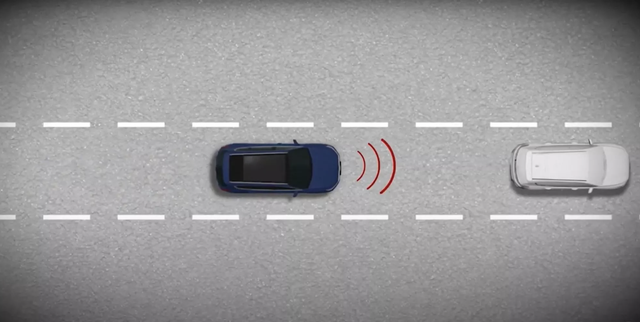A new study from AAA predicts that Advanced Driver Assistance Systems (ADAS) technology, if broadly implemented across multiple car models, could prevent 37 million accidents and save approximately 250,000 lives from now until 2053.
Alongside skills and experience, technological advancements in cars are contributing to reducing accidents and casualties for car users. With an increasing number of vehicles on the roads, traffic complexities, and the risks American drivers face, safety concerns are currently at historically high levels. However, according to a recent study, improvements in proactive safety technology could help drivers avoid numerous tragedies.
Specifically, new data from the AAA Traffic Safety Organization indicates that Advanced Driver Assistance Systems (ADAS) could potentially save hundreds of thousands of lives over the next 30 years.
According to AAA, the potential benefits of safety systems such as collision warnings, automatic emergency braking, lane departure warnings, if widely incorporated into many new car models entering the market, would significantly reduce the risk of traffic accidents.
The research suggests that safety technologies could prevent 37 million accidents from now until 2053. Additionally, the features within the ADAS package could help drivers avoid 14 million injuries and save 250,000 lives within the same time frame, reducing accidents and injuries by 16% and fatalities by 22%.
ADAS stands for Advanced Driver Assistance Systems, which refers to electronic systems designed to assist drivers in safer and more convenient vehicle operation. ADAS encompasses several intelligent warning functions such as forward collision warning, lane departure warning, blind-spot detection, drowsy driver detection, hill descent control, night vision systems, and parking assistance systems.
Dr. David Yang, President and CEO of AAA, stated, “The latest findings from AAA’s research on new safety technologies show that ADAS has the potential to significantly improve road safety. However, ADAS will truly be effective when consumers fully understand, use correctly, and widely apply the safety features in this technology package.”

To conduct this research, scientists had to forecast accidents, injuries, and deaths on American roadways over the next 30 years. The system utilized data from 2017 to 2019 to predict road safety in the future.
After collecting the data, the research team developed a model to predict the effectiveness of active safety systems in preventing collisions. This involved assessing how each vehicle equipped with ADAS technology was used and how effectively the technology prevented collisions in various traffic situations.

Although AAA acknowledges limitations in the study, it is evident that this technology will benefit the safety of car users in the United States, even though it might not prevent all possible accidents.
“The future of ADAS is promising, but it’s not a cure-all. While these technologies provide significant safety benefits, we can’t engineer our way out of injuries and fatalities on U.S. roads. However, investing in safety technology measures is always the right thing to do,” shared Jake Nelson, AAA’s Director of Traffic Safety.












